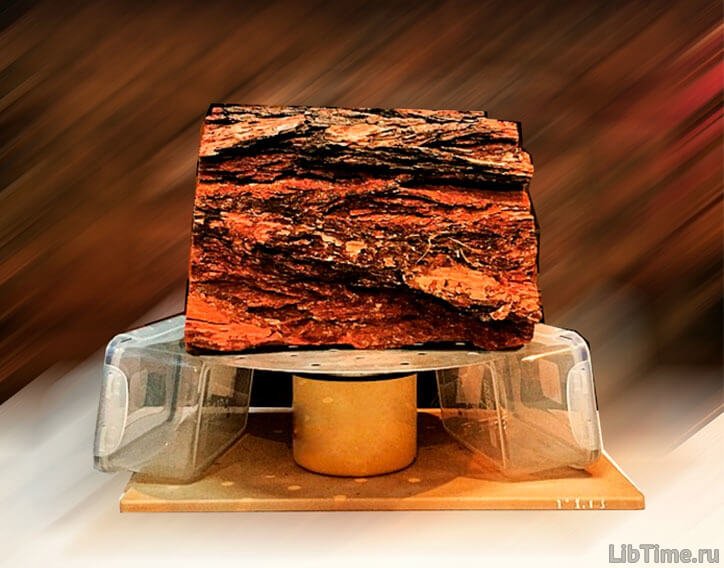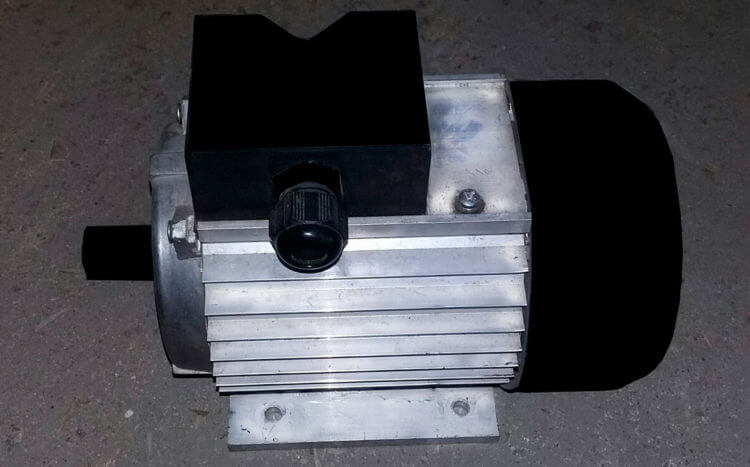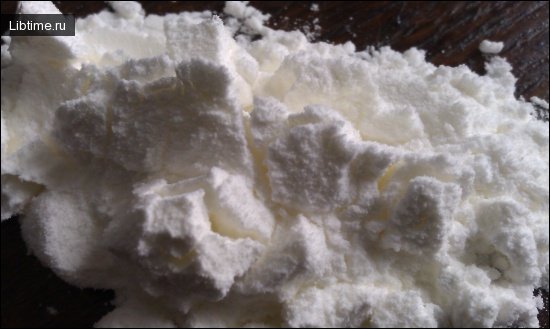Filters and filter presses
Filters and filter presses are designed to remove mechanical impurities, sediment or individual components from milk or dairy products, while membrane filtration devices are used to separate milk and dairy products into filtrate and concentrate.
In the dairy industry, filters are used to clean whole and skim milk and ice cream mixtures from mechanical impurities, remove foreign matter and protein particles.
Filter presses are used to separate protein clots after casein or albumin precipitation during whey clarification in milk sugar production, as well as to separate milk sugar crystals. Filters are available in batch and continuous operation. Depending on the design of the filter element, filters are divided into cylindrical and disk filters. Filters for milk purification are open and closed. 
A closed batch disc filter (Fig. 1) consists of a body (1), closed with a lid on top and having a valve. On the side of the body there is a nozzle for milk inlet, and on the bottom there is a nozzle with a pipe for milk outlet from the filter.
Inside the body there are disks with holes between which the filter elements are clamped. The milk enters the central cylindrical cup under pressure through the nozzle (2), passes through the holes (7) in the disks (8) and filter elements (gaskets 6), and is discharged from the cup through the pipe. A cylindrical filter with a reusable filter element (Fig. 2) is a body with a conical bottom and a spherical cover.
At the bottom of the housing there are nozzles for the product supply and the purified milk outlet. Inside the body there are two brass meshes with filter cloth: inner and outer. Milk under pressure enters the filter through the nozzle and passes through the inner and outer meshes sequentially. The milk is discharged from the filter through the nozzle. 
This filter is structurally simple. It has no moving parts. The disadvantages are a small filtering surface, a short operating cycle, and frequent disassembly and assembly to replace the filter cloth.
With average milk contamination (impurity content of 0.05...07%), cylindrical filters can operate without disassembly for 1.5...2 hours. Therefore, to ensure continuous operation of the filters, they are made of two chambers with the possibility of alternate operation of each chamber. Filters have an advantage over milk separators if the milk is cleaned from particles with a density lower than the density of the milk plasma. The filter retains particles of a certain size regardless of their density.
Currently, reusable filters of the FM-OZM type made of pierced and woven mechanical meshes have been developed. They are manufactured by electron beam dimensional processing and multi-punch punching. their advantages: they do not require additional filter materials; the filter is cleaned by reverse flow of a minimum volume of flushing liquid; all components are made of acid-resistant stainless steel. Their service life is up to 10-15 years.
The working elements of the filter presses are frames and plates, which are placed alternately. The plates are covered with filter cloth. There are 10-60 frames in one filter press. When assembling, the holes in the frames and plates must coincide, resulting in channels. From such a channel, the source liquid flows through the holes into the frame.
The sediment is retained by the fabric, and the filtrate passes through it and flows down the corrugated surface of the plate. Through the holes in the plates, the leachate enters the collecting chute. The plates (2) and frames (3) of the filter press (Fig. 3) are made of cast iron. The plates and frames are compressed by a screw hydraulic or electromechanical clamp. 
The filter presses operate at a pressure of up to Z˙105...4˙105 Pa. As the frames are filled with sediment, the filtration rate decreases. For a short time, the filtration rate can remain constant due to the increase in pressure. When the pressure reaches a constant threshold value, the filtration rate decreases.


